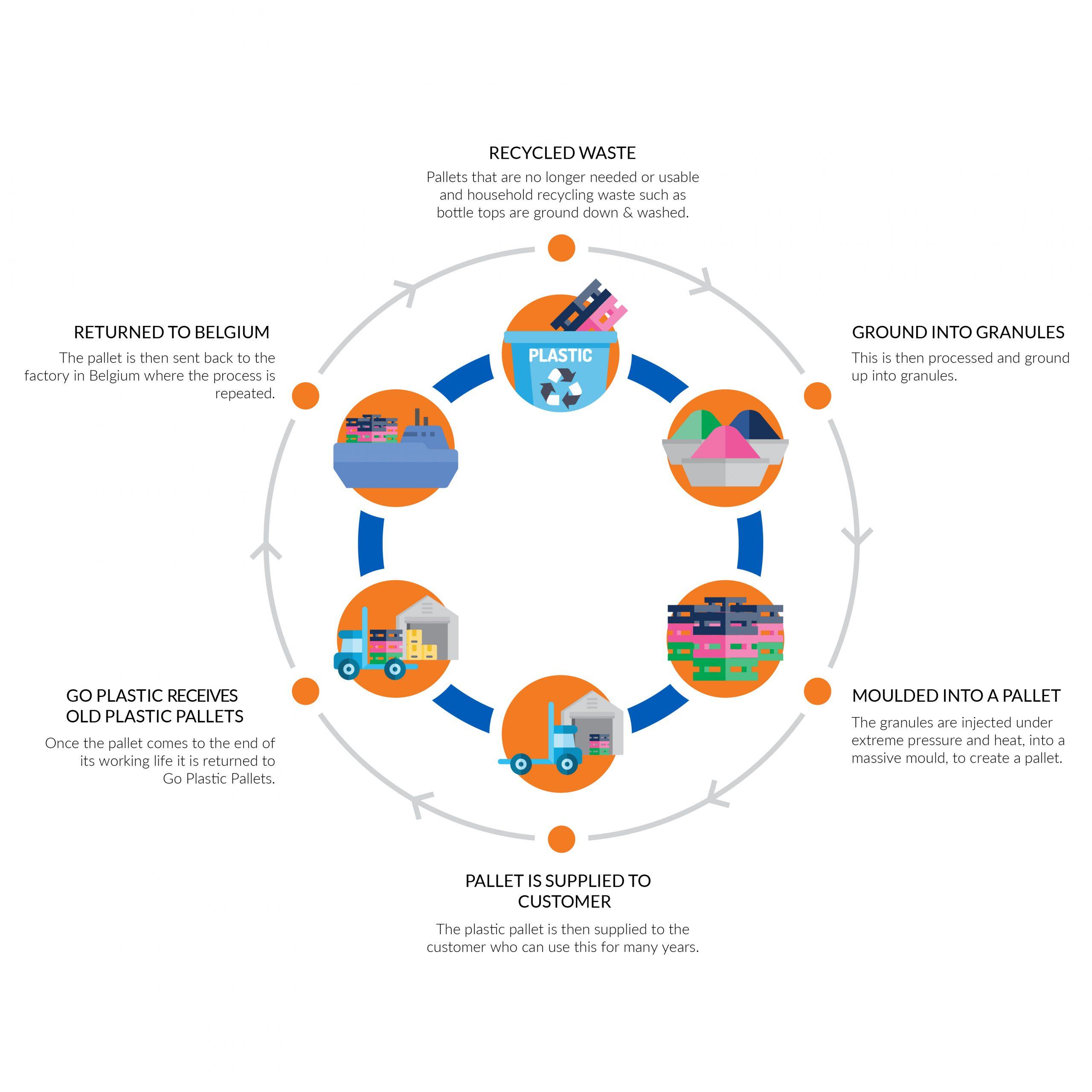blockchain in education: How Verifying Qualifications Is Being Transformed
In a globalized world where credentials, diplomas, and certificates open doors, ensuring that academic qualifications are genuine and easily shareable is crucial. Traditional systems for verifying education credentials can be cumbersome, time-consuming, and prone to fraud. Enter blockchain technology in education—a game-changer that’s creating reliable, efficient, and transparent systems for verifying qualifications. In this article, we’ll explore how blockchain is transforming credential verification, its benefits, real-world case studies, and practical tips for institutions considering adoption.
Introduction to Blockchain in Education
Blockchain, at its core, is a decentralized digital ledger that securely records transactions across multiple computers. facts on a blockchain is transparent, tamper-evident, and accessible in real time. When applied to education, this technology offers innovative solutions to age-old problems such as diploma mills, lost certificates, and lengthy manual verification processes.
Why Verification of Educational Qualifications Is Vital
- Fraud Prevention: Counterfeit degrees and diploma mills erode trust in academic achievements.
- Global Mobility: As more students and professionals cross borders, consistent and efficient verification is essential.
- Employer Trust: Employers must ensure candidates possess genuine qualifications quickly and confidently.
- Student Empowerment: Students need control over their learning records, making it easy to prove their skills anywhere in the world.
How Blockchain Verifies Academic Qualifications
Blockchain technology streamlines the verification of academic credentials through the creation and management of digital certificates. Here’s how it effectively works:
- Issuance: When a student graduates or completes a course, the educational institution issues a digital certificate (degree, transcript, badge) on the blockchain.
- Immutable Records: This certificate is timestamped and stored on the blockchain network,making it tamper-proof and permanent.
- Verification: Employers or other educational institutions can access the blockchain to verify the authenticity of a certificate instantly—no lengthy back-and-forth required.
- Ownership: Students receive a digital wallet or link, allowing them to securely share their verified credentials whenever needed.
Key Benefits of Blockchain in Educational Qualification Verification
- Enhanced Security: Blockchain’s cryptographic algorithms make unauthorized changes virtually unachievable.
- Time and Cost Efficiency: Verifications take minutes, not weeks, reducing administrative overhead and costs.
- Transparency: All parties can access a single source of truth without the risk of information loss or manipulation.
- Interoperability: Blockchain networks can bridge national, institutional, and technical divides, supporting global recognition of qualifications.
- Student Empowerment and Privacy: Students control who sees their data, enhancing privacy and security compared to centralized databases.
Case Studies: Blockchain-Powered Credential Verification in Action
- MIT Digital Diplomas
-
The Massachusetts Institute of Technology (MIT) issues blockchain-based digital diplomas, allowing graduates to instantly share and prove their academic accomplishments anywhere in the world. Employers and academic institutions can verify these qualifications with a single click—no intermediaries needed.
- University of Nicosia,Cyprus
-
As an early blockchain pioneer in higher education,the University of Nicosia offers translatable and publicly verifiable certificates for its blockchain courses. Students receive a link to their credentials, which any party can verify directly on the blockchain.
- Europass Digital Credentials (European Commission)
-
Europass is building a pan-European digital credential ecosystem using blockchain to securely issue, store, and share certified learning achievements across borders, fostering student and worker mobility.
- National University of Singapore
-
NUS leverages blockchain to provide graduates with tamper-proof, digital academic certificates, reducing fraud and administrative delays in verification.
Practical Tips for Educational Institutions Considering Blockchain
- Start Small: Consider piloting blockchain verification with a single program or batch of graduates before a full-scale rollout.
- Choose the Right Blockchain: Public, private, or consortium blockchains each have pros and cons. Factor in your needs regarding privacy, cost, and scalability.
- Ensure Regulatory Compliance: Work closely with data privacy and security experts to comply with laws like GDPR or FERPA.
- Integrate with Existing Systems: Look for solutions that sync with current Learning Management Systems (LMS) and Student Information Systems (SIS) to streamline adoption.
- Educate Stakeholders: Students, staff, and employers must understand the value and ease of blockchain-based credentials for triumphant adoption.
Challenges and Solutions in Blockchain Credentialing
- Technical integration: Adapting legacy systems may require significant technical work and staff training. Solution: Partner with experienced blockchain vendors and provide hands-on training.
- Wider Acceptance: For blockchain credentials to succeed, employers and institutions worldwide must recognize and trust them. Solution: Join or form alliances and standards bodies to increase adoption and recognition.
- Cost of Implementation: Budget constraints can hamper technology investments. Solution: Pilot projects and phased investments can spread out costs.
- Data Privacy: Protecting personal information on a transparent chain is a must. Solution: Use technologies such as zero-knowledge proofs and privacy-preserving blockchains.
The Future: Blockchain and the Credentialing Revolution
As digital change in education accelerates, blockchain-based credentials are poised to become the standard. We can expect seamless, borderless sharing and verification of skills, degrees, and lifelong learning achievements. From micro-credentials and digital badges to full diplomas, blockchain will help individuals prove what they know—instantly and securely.
Emerging technologies such as decentralized identity (DID) and smart contracts will further personalize learning paths and automate hiring,admissions,and even continuing education processes.
Conclusion: Embracing Blockchain for a Trusted Educational Ecosystem
Blockchain technology is more than a buzzword in the education sector—it’s a powerful catalyst for transparency, trust, and efficiency. By revolutionizing how we verify academic qualifications,blockchain empowers students,streamlines processes for institutions,and ensures employers can trust the credentials they see.
Forward-thinking educational organizations are already benefiting from blockchain credential verification. As the technology matures, widespread adoption will make fake degrees a thing of the past, create new opportunities for global talent, and ultimately level the playing field for learners worldwide.
If you’re part of the education ecosystem—whether student, educator, or employer—it’s time to explore how blockchain can definitely help you securely verify and celebrate achievements in our increasingly digital world.

